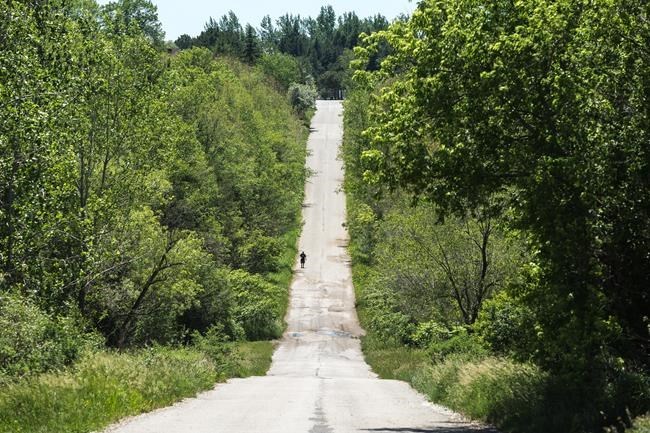TORONTO — Deforestation, contaminated air, polluted water and the loss of wetlands are a growing concern, Ontario's auditor general concluded in a "state of the environment report" released Tuesday.
Bonnie Lysyk also said Ontario's environment has improved in many areas over the last several decades.
Yet she found the Doug Ford government is not providing clear and transparent information on how its policy decisions are affecting the environment.
"While the province has the primary responsibility to conserve the environment, all Ontarians should have the means to understand whether this is being achieved in an effective, timely, open, and fair manner," she said.
"Unless the environmental outcomes of provincial decisions and programs are effectively measured, monitored, and publicly reported, there will be limited transparency, accountability, and understanding of their impacts."
Lysyk authored the report along with the province's Commissioner of the Environment, Tyler Schulz. Lysyk said they performed the analysis because the province does not consolidate information to provide an "easily accessible holistic picture of Ontario's environment."
The pair took a long view, going back decades and found "many ways" in which the environment has improved during that time.
For example, Ontario's air quality has "improved dramatically" over the past few decades primarily due to improved pollution control equipment for cars and industry and the phase-out of coal-fired electricity between 2005 and 2014.
But they also flagged numerous concerns.
Ground-level ozone, which can trigger asthma and other breathing issues, has increased by 23 per cent between 1990 and 2019, the report said. Air pollution still causes an estimated 6,580 premature deaths across the province and more than 4,000 hospital admissions and visits per year.
A warming climate from increased global greenhouse gas emissions has affected the province in several different ways, the report found.
"The long-term trend shows a clear gradual increase in Ontario surface air temperature," Schulz said.
"The number of weather related disasters such as severe rain or ice storms has grown over the past 100 years from almost one per year in the early 1900s to an annual average of about three since the year 2000."
Ice cover on the Great Lakes is 26 per cent lower than it was 50 years ago, the report found.
"And Ontario's growing season has lengthened by about 13 days from 1950 to 2018," Schulz said.
There are increased algae blooms in Lake Erie and rising levels of microplastics in Lake Ontario.
Dissolved oxygen levels, important for aquatic organisms such as fish, are improving in Lake Simcoe, but do not meet the environment minister's targets.
The report said 60 per cent of monitored rivers and streams rate "poor" to "very poor" for biological health.
Ontario's current landfill capacity will fill up in 13 years, the report notes. Population growth, increased levels of consumption and the rise of single-use items have contributed to the problem.
The province had 35 million hectares of wetlands remaining as of 2011, the report noted.
In 2017, the Ministry of Natural Resources and Forestry set targets to stop the loss of wetlands by 2025 and achieve a net gain by 2030.
"However, the ministry has not tracked the status of progress in meeting these targets," the report said. "The Ministry informed our office in August 2021 that the targets are no longer in effect."
The report also found the number of hectares lost to deforestation every year is nearly four times greater than the number of hectares of newly established forests.
The province has also not met its biodiversity target, which was set in 2011 to conserve 17 per cent of land and water systems by 2020. As of last year, about 11 per cent of Ontario's land and water area was being conserved through about 1,400 protected and conserved areas, the report said.
Environment Minister David Piccini defended the government's action.
"I'm proud of our government's track record when it comes to protected areas," he said, saying they've protected more than 160,000 hectares of land.
He said they've also expanded the wetlands across the province.
"What concerns me is how do we remain a competitive climate in which we take meaningful action on the environment and attract jobs," Piccini said, "and Premier Ford is doing just that."
Green Party Leader Mike Schreiner said he's worried about the loss of wetlands and forests and not protecting swaths of land as previously promised.
"When you're seeing an increasing severity and frequency of extreme weather events, we need to be expanding wetlands and expanding protected areas instead of losing them," he said.
This report by The Canadian Press was first published May 16, 2023.
Liam Casey, The Canadian Press
Note to readers: This is a corrected story. A previous version had an incorrect reference to warming climate and its relation to greenhouse gases. A previous version also misspelled the last name of Tyler Schulz.

